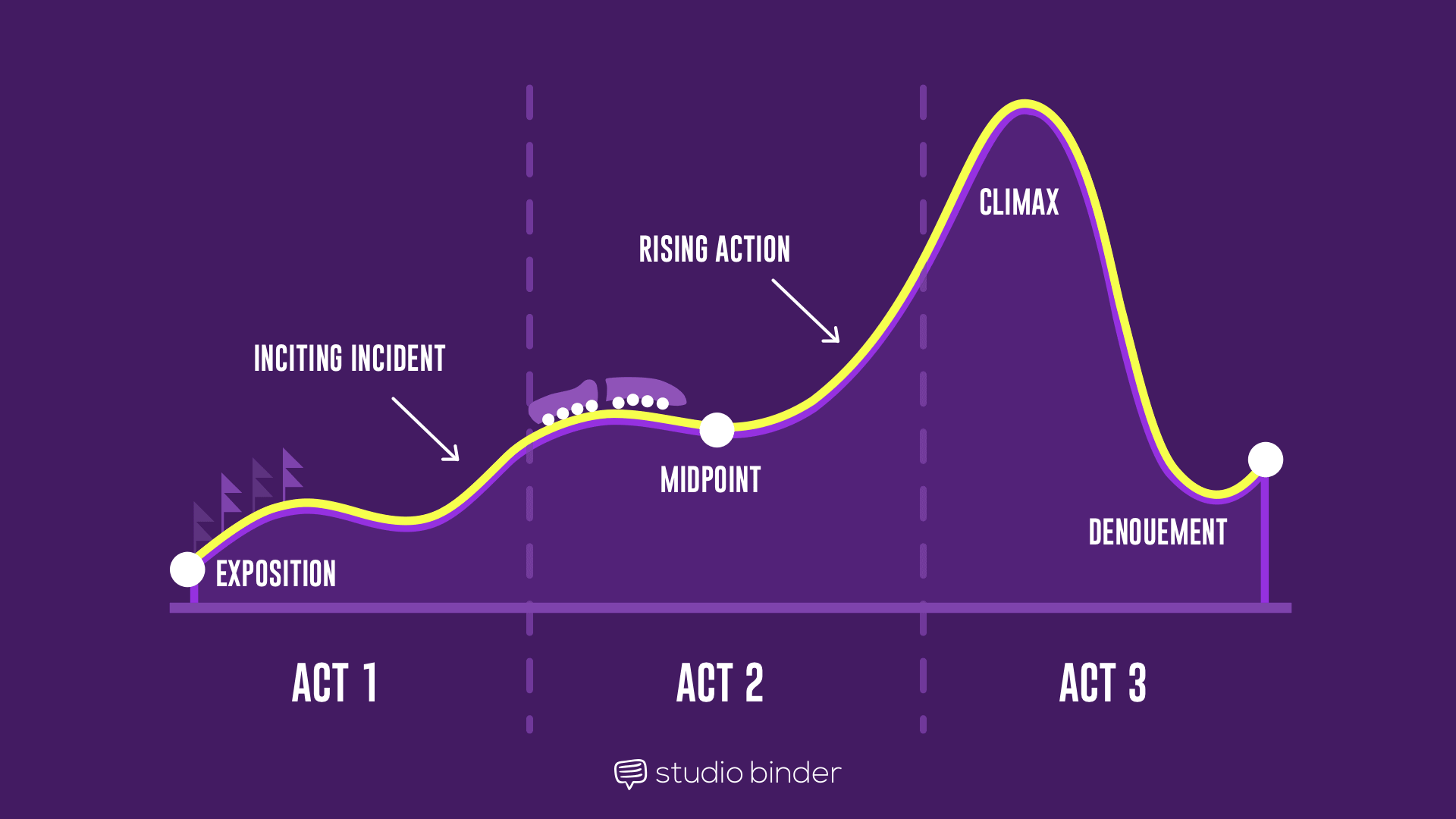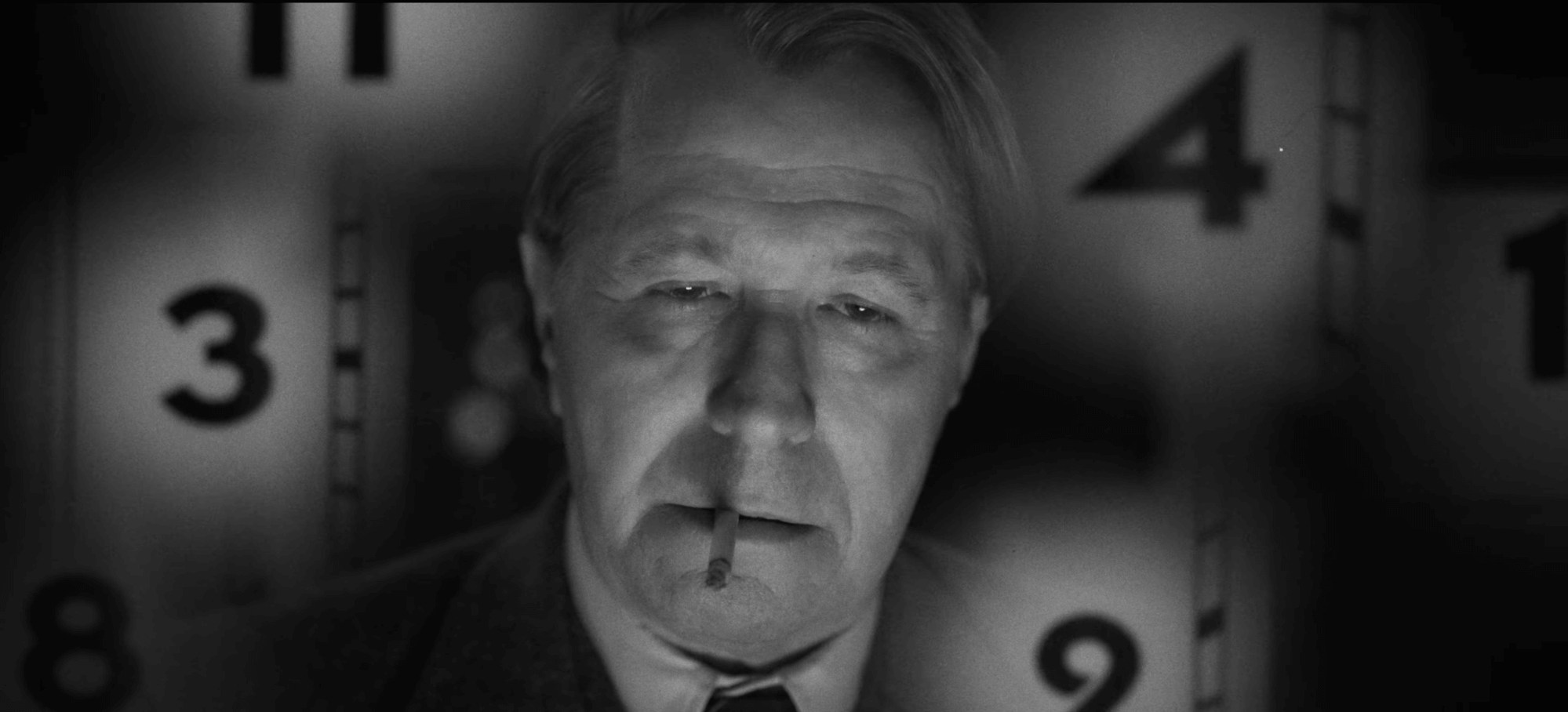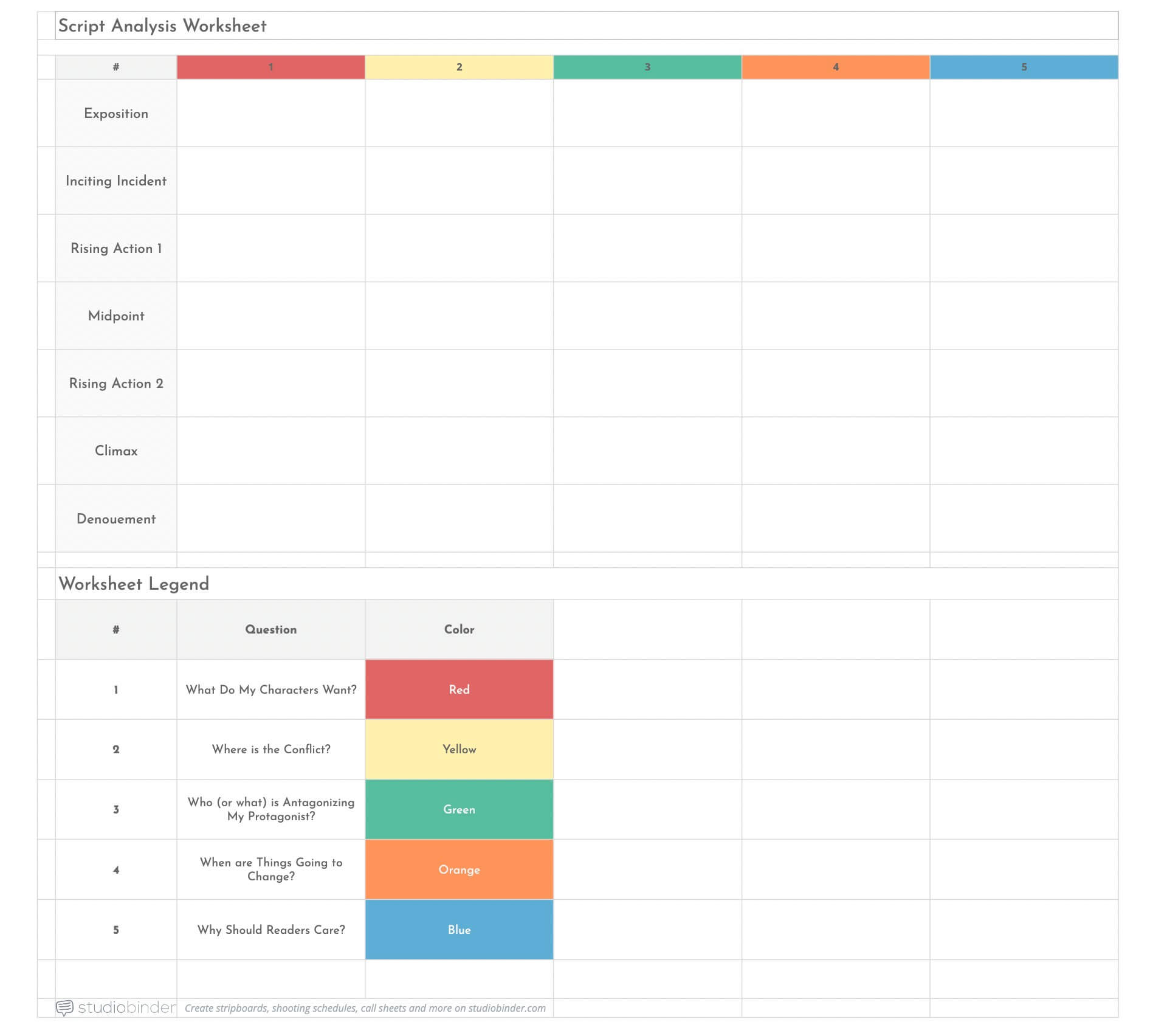Writing a script can be a daunting task – but there are strategies for making it an engaging and fun exercise in creative practice. We’re going to answer the essential questions involved in writing a script, with character arc and plot examples. Then we’ll explain how to use our script analysis worksheet so that you can ensure you’re hitting all the major narrative, structural, and emotional beats needed to deliver a satisfying story.
Story Outline Worksheets
Conceptualizing your script
First things first: a script analysis worksheet is not a beat sheet. Beat sheets can be helpful for recreating tried-and-true story structures. But they can also be restrictive if used only to maintain structure.
We have tons of examples of how scripts use the Save the Cat beat sheet. But we’re going to focus more on conceptual analysis. For more on the fundamental aspects of screenplays, check out this great video from Crash Course.
Script Analysis Examples • Crash Course Screenplays
Lily Gladstone makes a great point in suggesting that some screenplays embrace traditional structures, such as Save the Cat, the Hero’s Journey, and the Story Circle, while others reject them. But every screenplay needs certain things to be successful. So, what are the things every screenplay needs?
- A protagonist
- An inciting incident
- Exposition
- Antagonists (Primary and Secondary)
- Conflict (Internal or External)
- Rising Action or Crescendo Build
- A midpoint
- A climax
- Falling Action or Diminuendo Fall
- Resolution, including a Denouement
These ten points make up the blueprint of a well-structured screenplay. Every beat-sheet, whether it be Save the Cat, the Story Circle, or something else, depends on these ten essential points to deliver an impactful story.
We’re going to attempt to address more than just structure with our script analysis worksheet though.
But what is a script analysis worksheet? Let’s review with this definition.
SCRIPT ANALYSIS WORKSHEET DEFINITION
What is a script analysis worksheet?
A script analysis worksheet is a referential guide for screenwriters to address the major narrative, structural, and emotional beats needed to deliver a successful screenplay. A script analysis worksheet is defined more by the questions it asks than the structure it demands.
Story Structure Worksheets
Popular script writing worksheets
Hollywood screenwriters use a variety of script analysis worksheets. But perhaps none are used more than Syd Field’s paradigm worksheet. Syd Field was a writer and professor who taught young filmmakers like John Singleton and Alfonso Cuarón his perspective on screenwriting.
The paradigm worksheet is a riff on the three-act structure. This next video looks at some strategies for using the Syd Field paradigm to write screenplays.
Script Analysis Examples • The Syd Field Paradigm by Filmmaking Stuff
The Syd Field paradigm is a pretty simple screenplay analysis worksheet; much more similar to a beat sheet than a formal guide. But still, it can be a helpful tool for conceptualizing your film’s story, especially in its early stages.

Three Act Structure Worksheet • Syd Field’s The Paradigm Worksheet
The Syd Field paradigm worksheet is certainly a useful tool for screenwriters. But it’s remarkably simple and is structured around linearity. If you’re anything like me, keeping your ideas organized on a linear path can be difficult.
Some writers work best with ideas floating around in open space, available to pluck and place at their own pace – expertly visualized in this scene from David Fincher’s Mank.

How to Analyze a Script • Look to ‘Mank’
Now, I’m not comparing myself to Mank by any means. Rather, I'm implying that the process of screenwriting displayed in Fincher’s film is something a lot of writers can relate to. So, let’s lean into that perspective and attempt to construct a script analysis worksheet that works best for different chronologies.
Script Analysis Examples
Building a new script worksheet
The problem with most script analysis worksheets is that they ask you to focus your story on traditional structural rather than essential aspects of the story. We designed a script analysis worksheet to keep the focus on notes of narrative importance. Read over our worksheet, then we’ll break down three different types of scripts to see how they stack up against it.
Click the image below to get your copy of the worksheet.
Narrative Structure Worksheet • Download Our Script Analysis Worksheet
We’re going to break down three of the most acclaimed scripts of all-time to see how they’re uniquely positioned in our script analysis worksheet. First, we have Robert Towne’s Chinatown.
- Exposition — Jake Gittes is a private investigator.
- Inciting Incident — Gittes is hired to investigate Hollis Mulwray.
- Rising Action — Mulwray is murdered and Gittes expects a conspiracy.
- Midpoint — Gittes has sex with Mulwray’s widow Evelyn – and is drawn into her world beyond the point of no return.
- Crescendo Build — Gittes begins to suspect Evelyn’s father Noah Cross is behind everything.
- Climax — Gittes learns the truth: Evelyn was raped by her father, forced to carry their child and assume the title of sister. Cross killed Mulwray to protect his financial interests.
- Denouement — Evelyn is killed, Cross gets away, and Gittes is told to forget about everything that happened.
Trailer for Chinatown
Chinatown is a linear story – industry standard. Now let’s move onto a script that starts in medias res: City of God.
- Midpoint — A group chases a chicken in the streets of the Cidade de Deus favela.
- Exposition — The “Tender Trio” of Shaggy, Clipper, and Goose serve the role of robin hoods in their community.
- Inciting Incident — A heist goes wrong and only Clipper survives. Goose’s younger brother Rocket is brought into the action.
- Crescendo Build — The Cidade de Deus favela is ruled by old associate Li’l Ze and Carrot – building conflict.
- Climax — The tension between Li’l Ze and Carrot boils over and the two sides go to war.
- Falling Action — Rocket chronicles the ever-growing violence that pervades the favela.
- Denouement — Rocket is invited to take photos of Li’l Ze’s gang, leading us back to the beginning with the escaped chicken (middle of the action). Li’l Ze is killed and replaced by a younger group of wannabe gangsters.
Trailer for City of God
Finally, we have a script that’s told using a series of flashbacks: the one and only Citizen Kane.
- Inciting incident — Media magnate Charles Foster Kane dies in his Xanadu palace after uttering the word “rosebud.”
- Exposition — A newspaper reel describes Kane’s ascension to the heights of success and his fall to the isolating lulls of seclusion.
- Rising Action — A reporter named Thompson is tasked with investigating Kane’s final word. He questions Kane’s ex-wife Susan, former estate manager, and former best friend, but nobody knows what it means.
- Midpoint — In a flashback, it’s revealed that Kane’s affair with Susan destroyed his aspirations to be a Governor – starting a slide impossible to reverse.
- Crescendo Build — Susan and Kane’s relationship deteriorates within the confines of Xanadu.
- Climax — Kane strikes Susan and thrashes her bedroom to pieces.
- Denouement — The assets of the Xanadu estate, including a sled from Kane’s youth marked with the word Rosebud, are burned to cinder.
Trailer for Citizen Kane
What do these three scripts teach us? Personally, I feel they teach us that stories can be told in a variety of chronologies – but they always have to have a beginning, middle, and end. And perhaps more importantly, they have to answer the questions:
- What do the characters want?
- Where is the conflict?
- Who (or what) is antagonizing the protagonist?
- When are things going to change?
- Why should readers care about what’s going on?
That last question is often the most difficult to answer because subjectivity plays a huge role in drawing interest from readers. No screenwriter would deny that Citizen Kane is a masterclass in effective storytelling. But that doesn’t mean it appeals to the modern reader’s sensibilities.
So, my advice is: give us a reason to care. Add nuance to the backstory and mystery to the plot. No matter what, someone will be a critic. But the truth of the matter is that good storytelling will always be good storytelling.
Up Next
Character Development Worksheet
Our script analysis worksheet addresses major structural, narrative, and emotional beats in stories, but there’s a lot more detail needed within those categories. For something more focused on character, our next article breaks down how to write stronger characters with examples from Mad Men, The Sopranos, and more. You’ll also be able to download a free worksheet!

